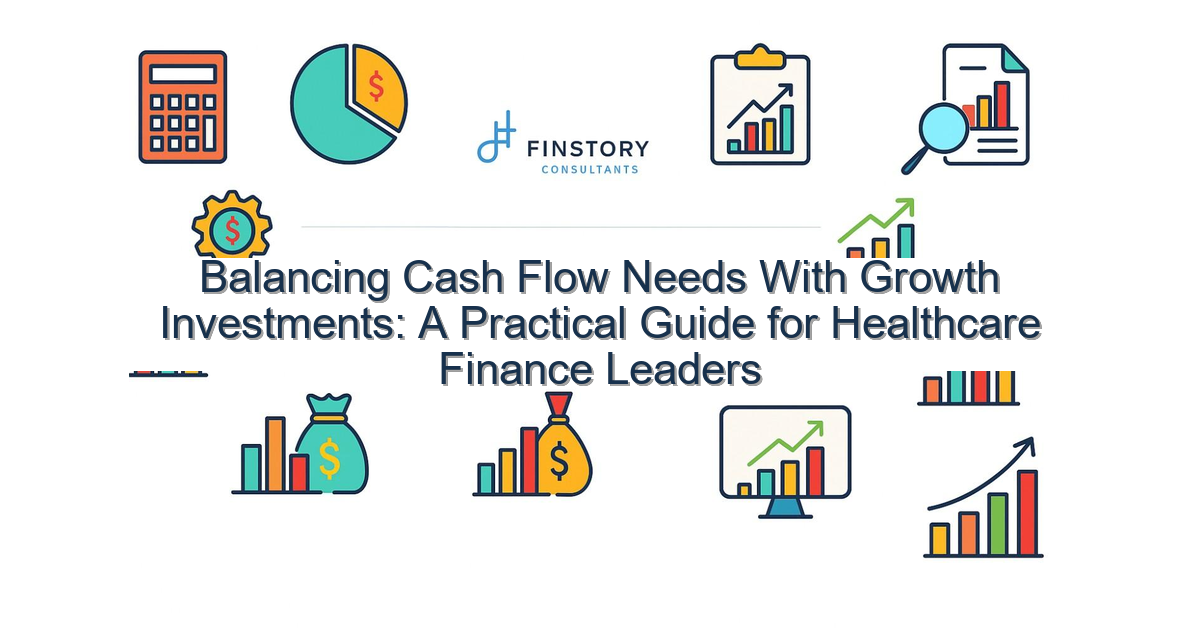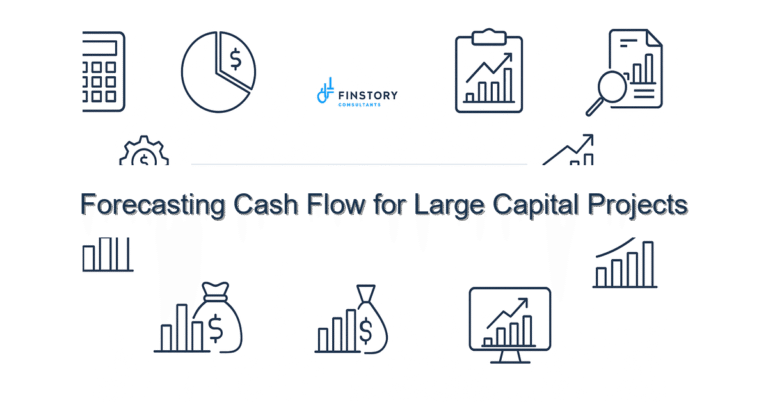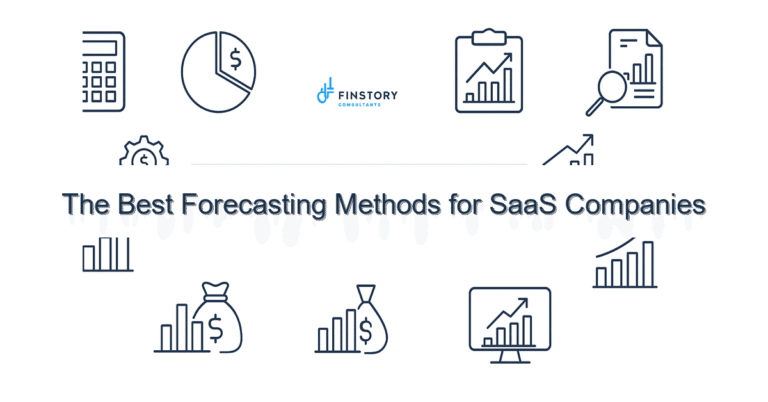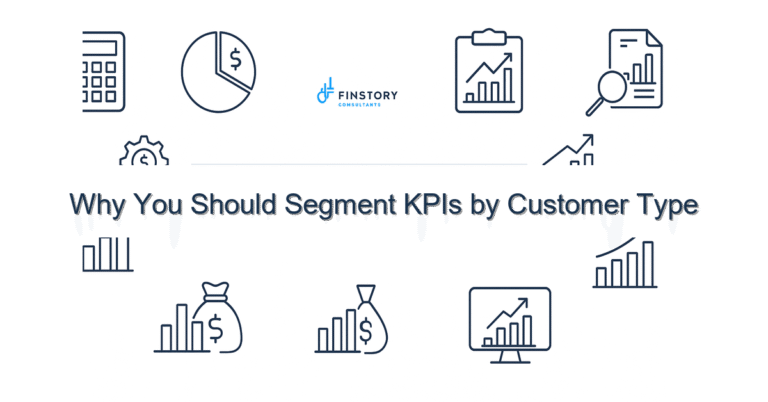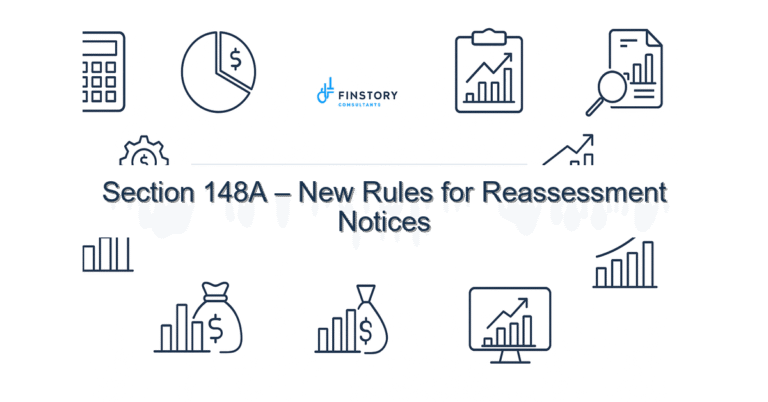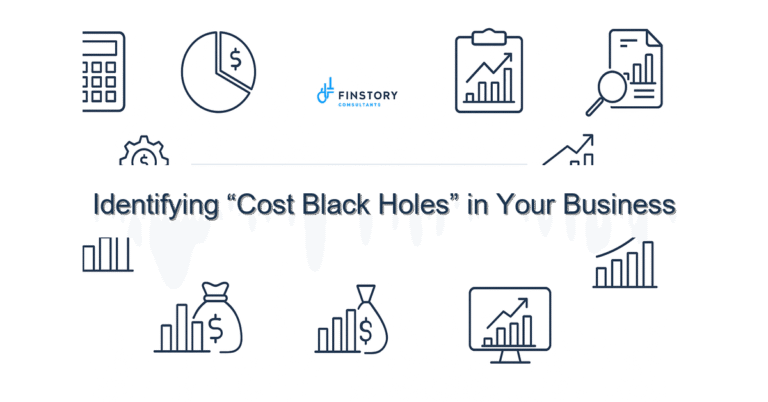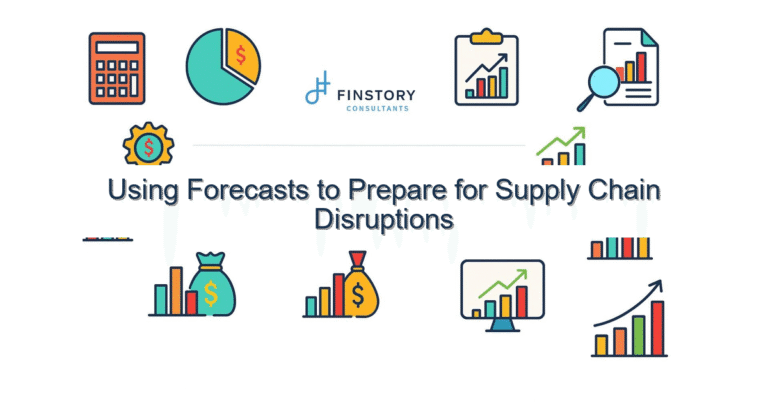Balancing Cash Flow Needs With Growth Investments: A Practical Guide for Healthcare Finance Leaders
You know the pressure: regulators, patients, and payroll don’t wait while you build for the future. At the same time, standing still guarantees declining margins in a competitive market.
Summary: Make deliberate trade-offs between near-term liquidity and strategic investment by tightening forecasting, setting clear liquidity thresholds, and running funded experiments. The result: you keep operations safe and unlock growth without surprise cash crunches.
What’s the real problem?
Healthcare finance teams juggle unpredictable cash inflows (payer timing, seasonality) and big-ticket, slow-to-return investments (new service lines, EHR modules, diagnostic equipment). The tension is simple: invest too little and you fall behind; invest too much and you risk operations.
- Symptoms: sudden need to delay vendor payments or freeze hiring after approving capital projects.
- Symptoms: board pressure to expand services while treasury warns of low reserves.
- Symptoms: forecasting that looks plausible on paper but misses payer payment timing or denials spikes.
- Symptoms: long approval cycles for small investments because risk controls are blunt or missing.
What leaders get wrong
Many leaders try to solve this with a single lever—either hoarding cash or cutting every discretionary spend. Both are risky. Hoarding reduces growth and staff morale; cutting indiscriminately damages service lines and patient experience.
Common pitfalls:
- Relying on static budgets that don’t reflect cash conversion cycles or payer behavior.
- Treating all investments as the same risk—no prioritization by time to value or cash profile.
- Over-optimistic forecasts without scenario analysis for delayed reimbursements or denials
- Unclear governance: operational leaders commit spending before finance has confirmed liquidity.
A better approach
Adopt a pragmatic, repeatable framework that treats cash and growth as partners, not enemies.
- 1. Build a rolling cash forecast (13 weeks minimum). Move beyond month-end budgets. Update weekly with AR aging, payer mix, and payroll cadence.
- 2. Define liquidity bands. Set explicit thresholds (e.g., 30-day minimum operating buffer; 60-day stretch) that map to allowed investment levels.
- 3. Categorize investments by payback and risk. Fast-return operational improvements (e.g., claims denial sprints) get a different approval path than 7–10 year capex.
- 4. Run funded experiments. Finance approves small, time-boxed pilots with clear metrics and stop/go rules.
- 5. Close the loop with measurement and governance. Weekly cash reviews plus monthly investment post-mortems.
Short story: One regional health system we worked with was about to green-light a $1.5M imaging upgrade. A simple 13-week cash forecast showed a potential 21-day shortfall due to delayed Medicare settlements. Instead of shelving the project, they shifted $400k of implementation into a phased rollout, negotiated a 60-day vendor deferral, and launched a targeted billing push that recovered enough cash to complete phase two. The upgrade still went live on time and the team avoided layoffs.
Quick implementation checklist
- Start a 13-week rolling cash forecast with weekly refreshes.
- Identify your minimum operating buffer in days of cash on hand (e.g., 30 days).
- Create three investment buckets: rapid ROI, strategic with moderate ROI, long-term capex.
- Set decision rules tied to liquidity bands (what can proceed at each level).
- Require a one-page business case for any investment > $50k showing cash impact and payback.
- Run at least one 90-day funded pilot with defined metrics before full-scale rollout.
- Automate AR aging feeds into your cash model (daily or weekly).
- Hold a weekly cash huddle with ops, revenue cycle, and treasury representatives.
What success looks like
- Forecast accuracy: reduce weekly cash forecast variance to ±5–8% within 90 days.
- Working capital: improve days sales outstanding (DSO) by 7–10 days in six months.
- Decision speed: decrease investment approval cycle from 45 days to 10–15 days for rapid ROI projects.
- Return on funded pilots: a portfolio of pilots yielding an average return of 12–18% annualized.
- Operational continuity: zero unplanned vendor payment delays over 12 months.
Risks & how to manage them
- Risk: Forecasts miss a large payer delay. Mitigation: Maintain an emergency credit line or a committed liquidity reserve equal to 15–20% of monthly burn.
- Risk: Pilots consume scarce staff time and distract ops. Mitigation: Limit pilots to teams with capacity and require a one-page org impact statement.
- Risk: Governance becomes bureaucratic and slows everything. Mitigation: Keep rules simple and delegate clear thresholds to operational leaders.
Tools & data
Use finance automation to keep data current. Automate AR, payer remittance, and payroll feeds into your cash model so you can run scenarios quickly. Power BI (or equivalent) dashboards help leaders see liquidity bands and investment status at a glance.
Leadership reporting should include three visuals: current cash position vs. thresholds, 13-week forecast under base/optimistic/pessimistic scenarios, and an investments dashboard showing staged approvals, cash impact, and KPI progress.
Next steps
If balancing cash with growth feels urgent, start with a one-week diagnostic: assemble your AR aged report, upcoming payables, payroll schedule, and any planned investments. Run a 13-week forecast and map investments to liquidity bands. That clarity will surface quick wins and realistic timelines.
Ready to get hands-on support? Contact Finstory to map your cash-to-growth process, build the forecasts and dashboards, and train your team to run it without constant firefighting.
Work with Finstory. If you want this done right—tailored to your operations—we’ll map the process, stand up the dashboards, and train your team. Let’s talk about your goals.
📞 Ready to take the next step?
Book a 20-min call with our experts and see how we can help your team move faster.
Prefer email or phone? Write to info@finstory.net
or call +91 44-45811170.
